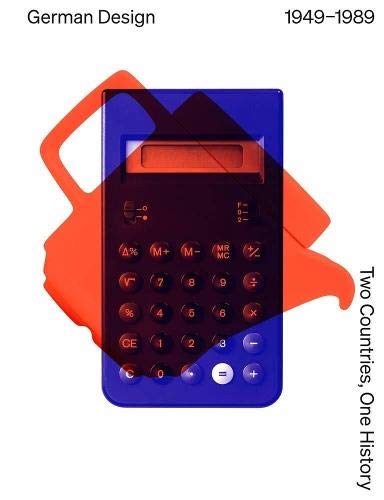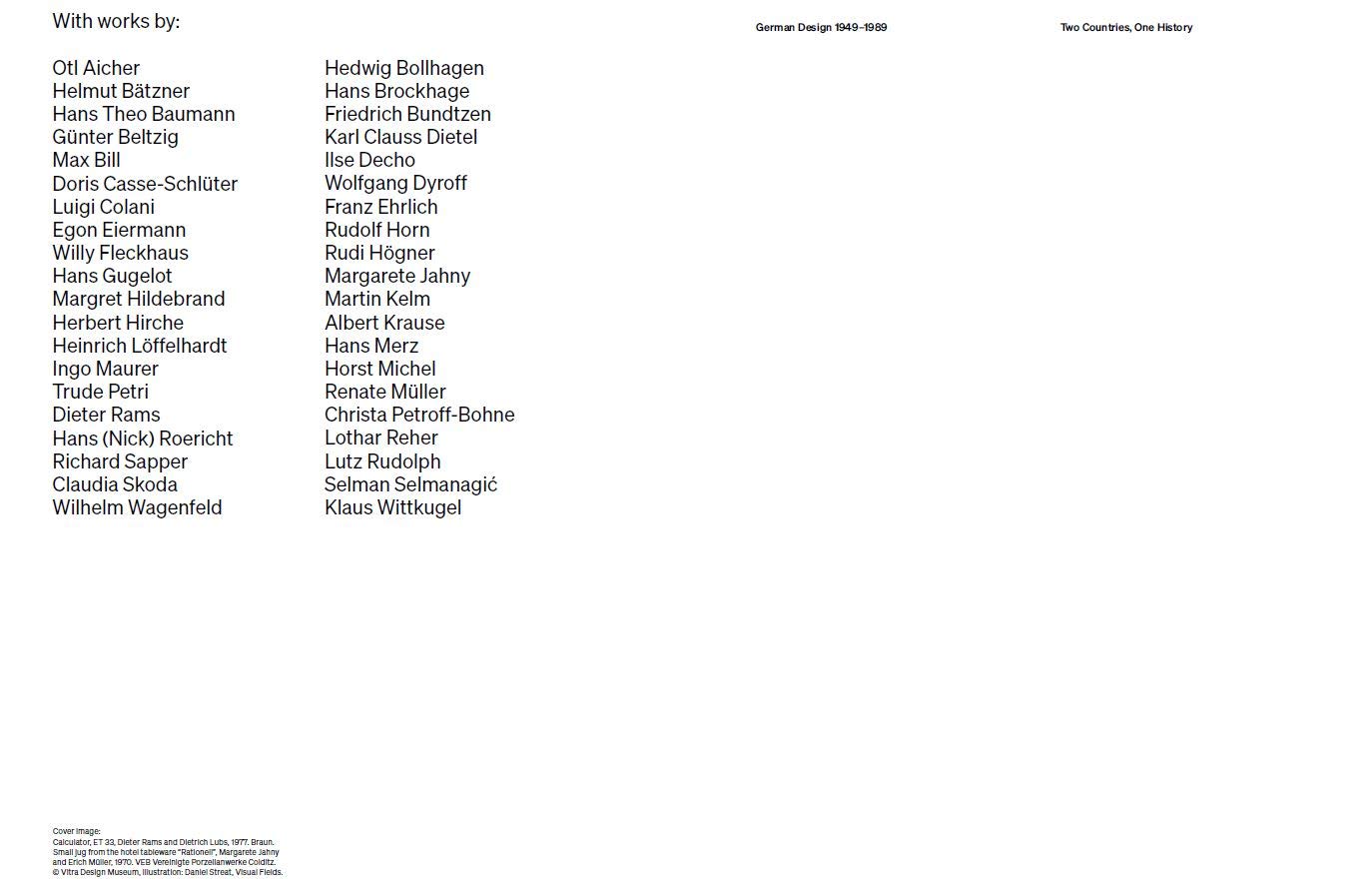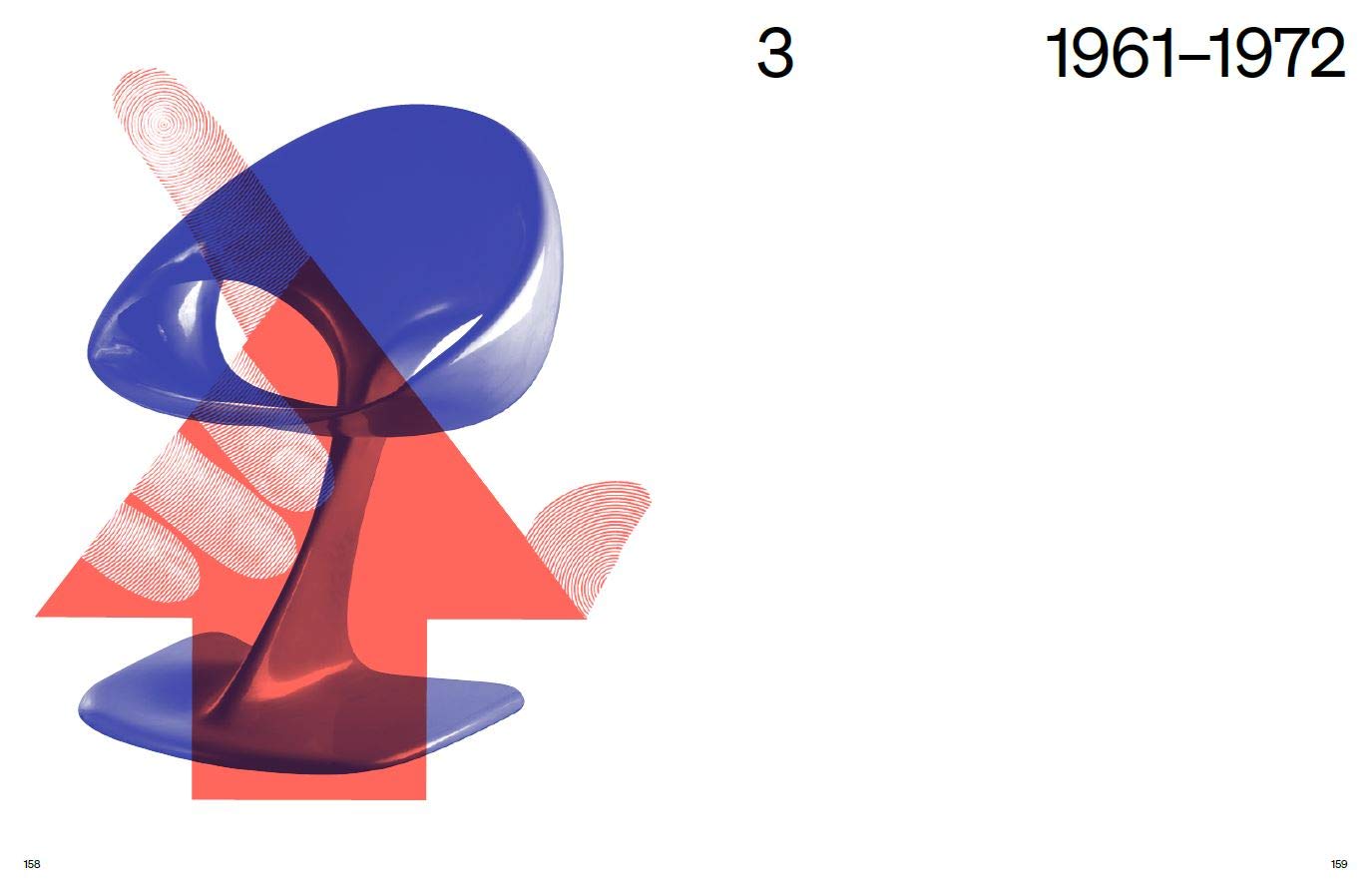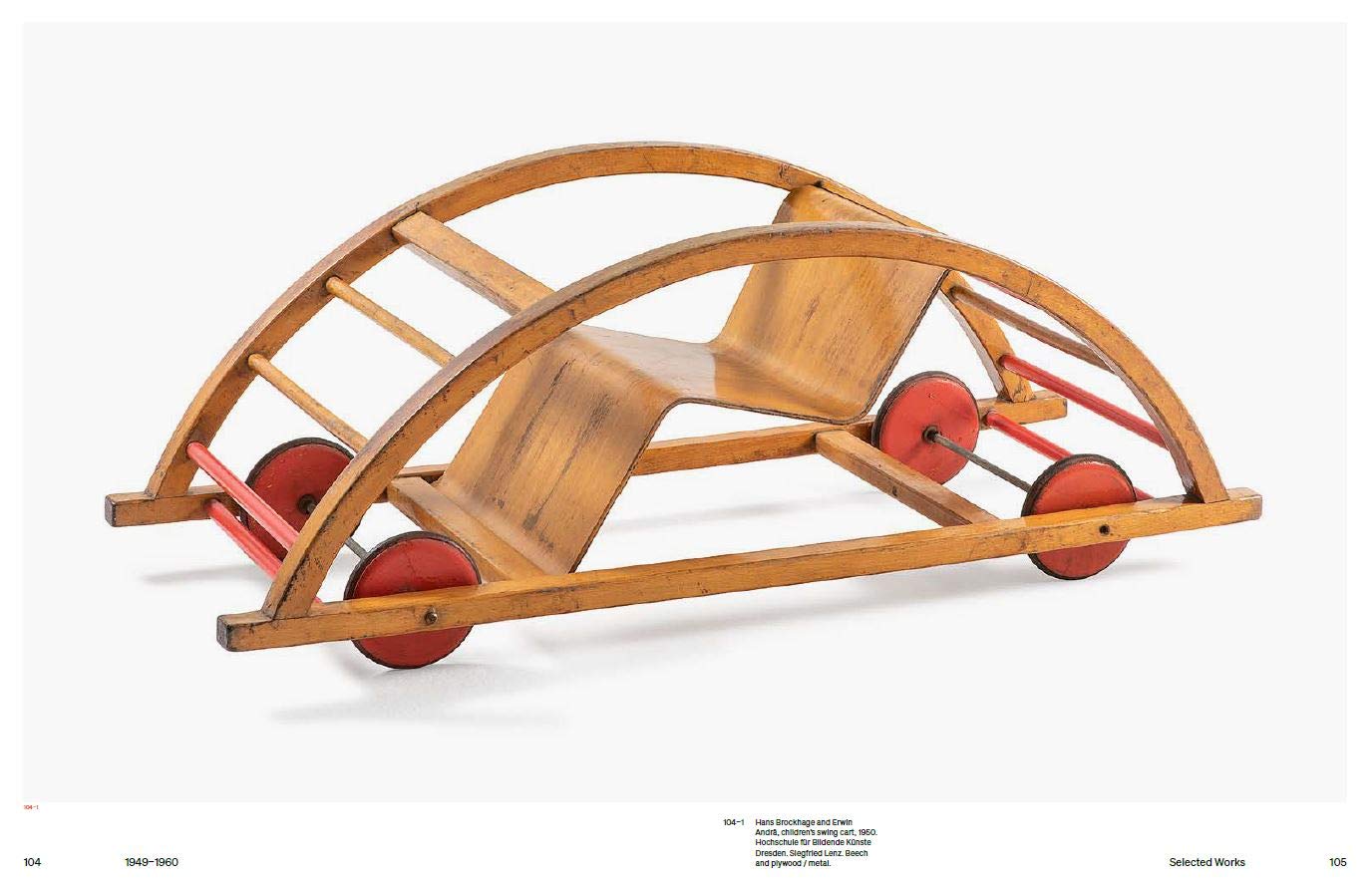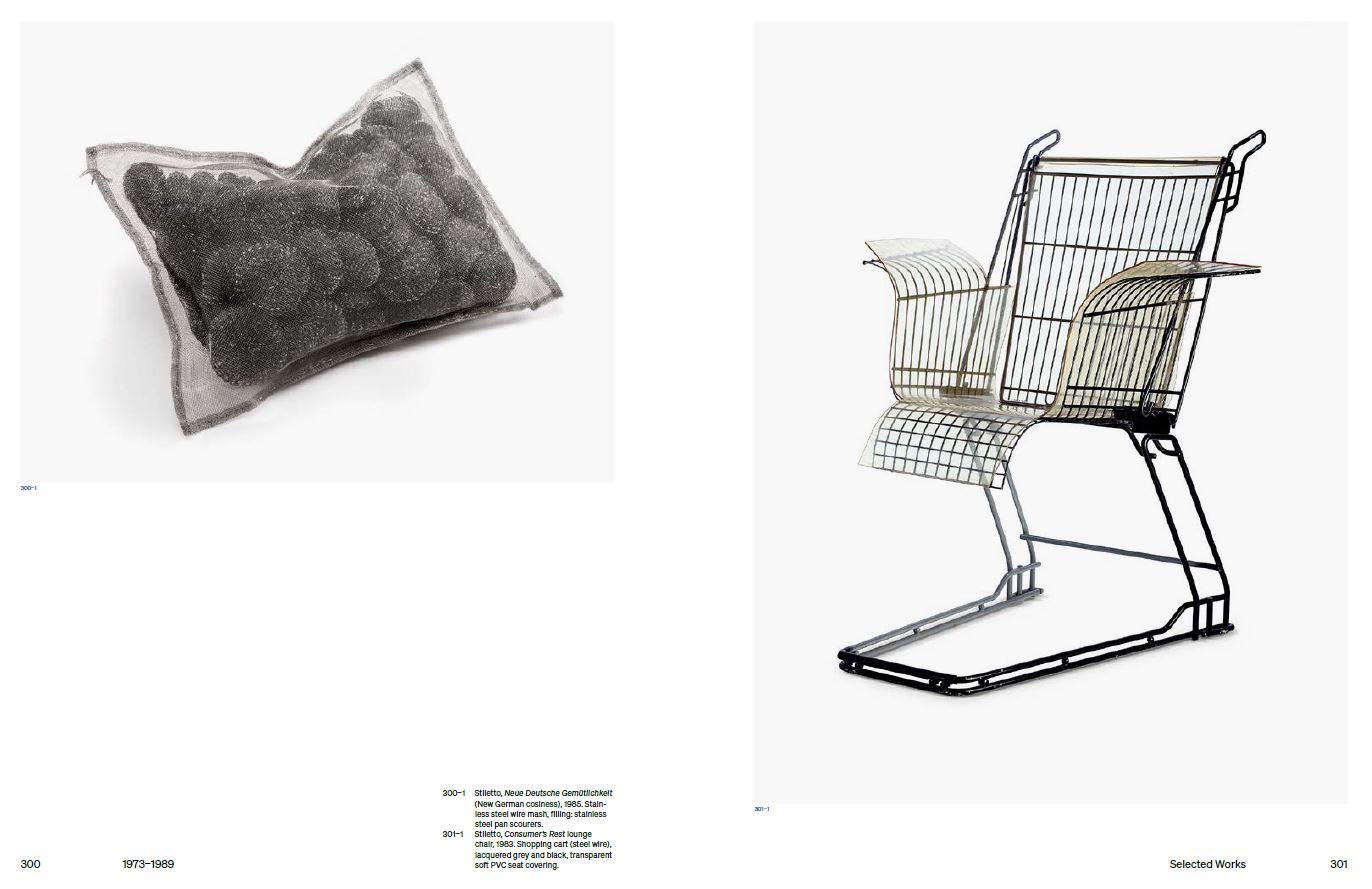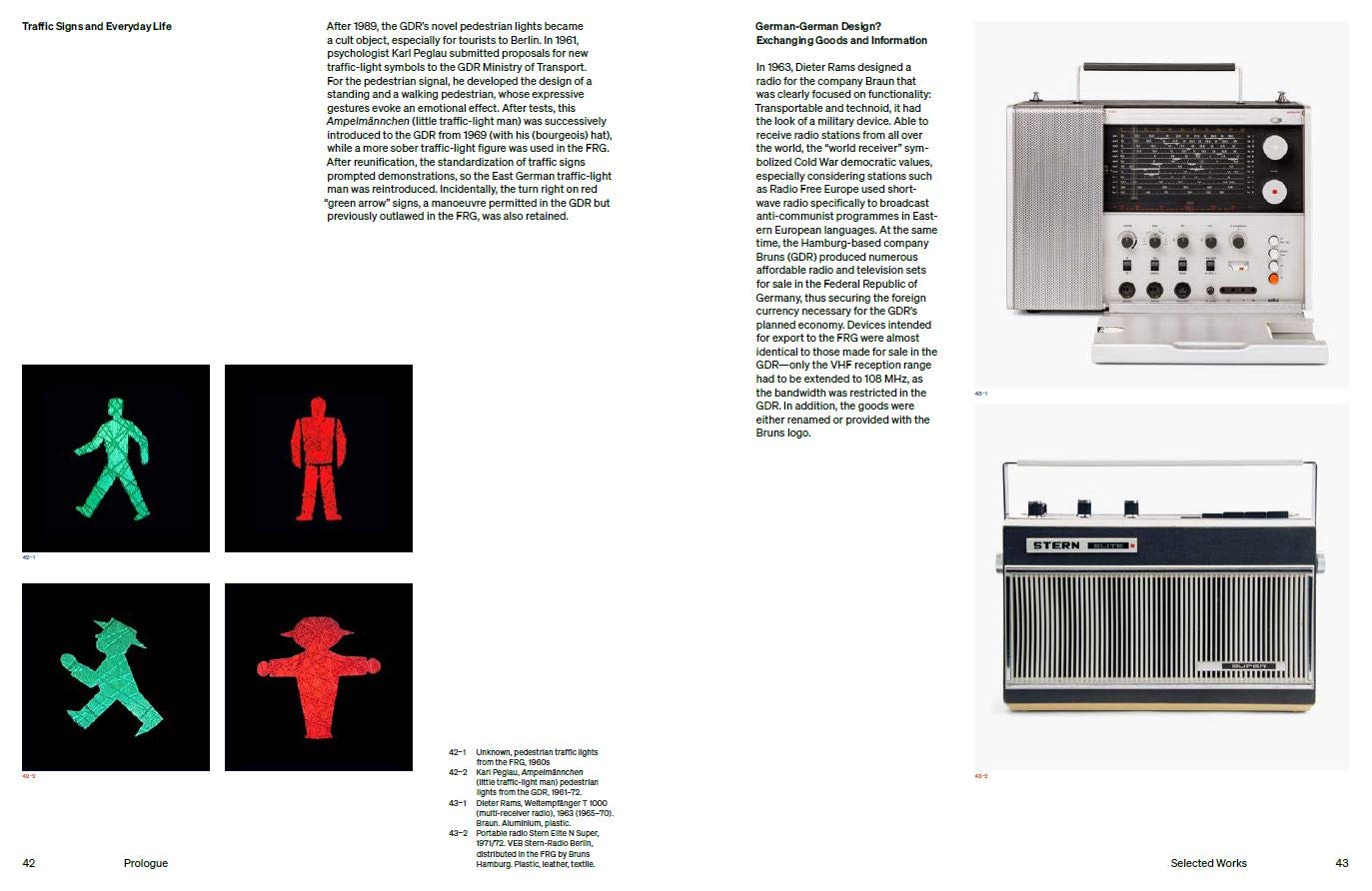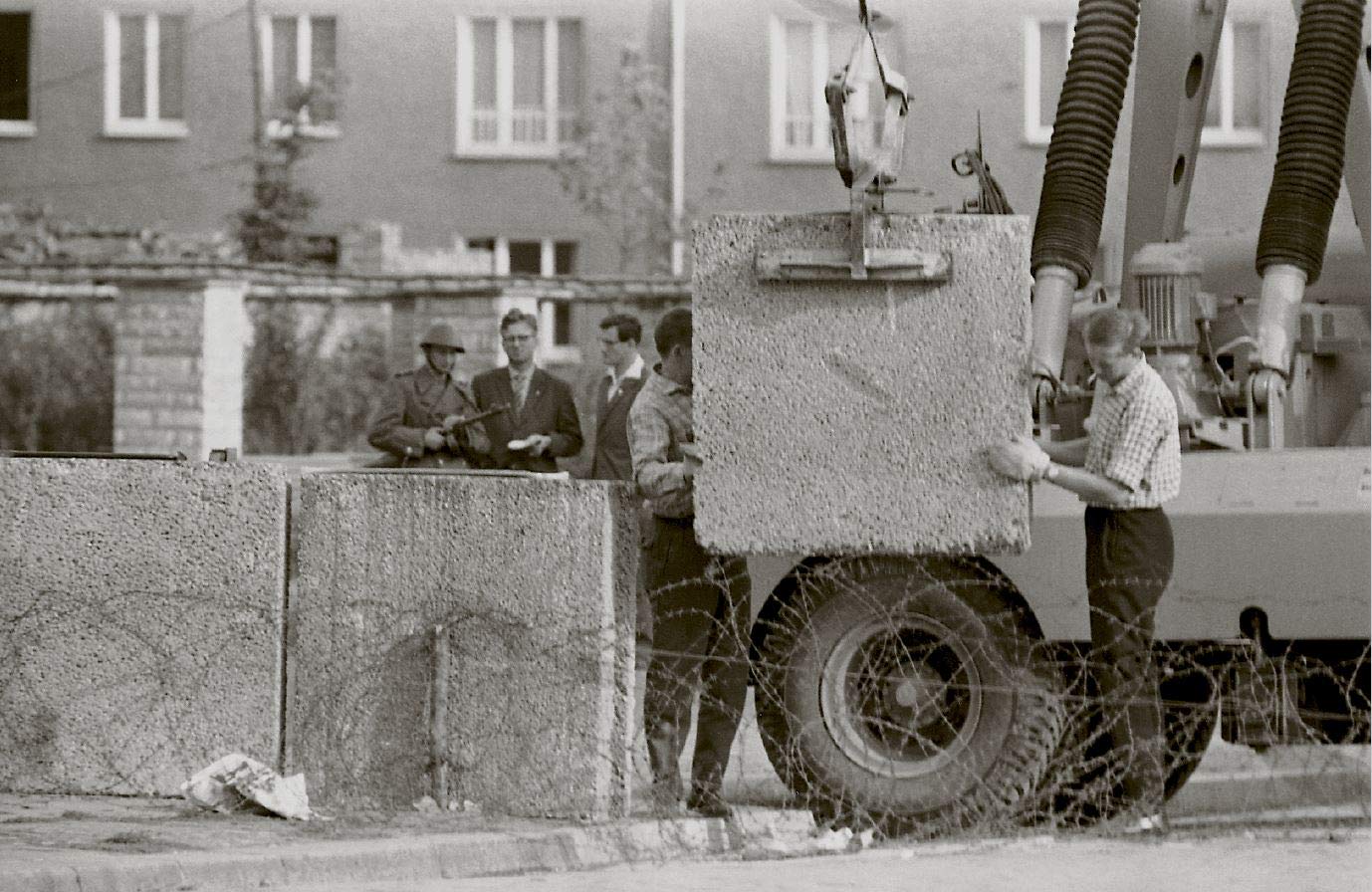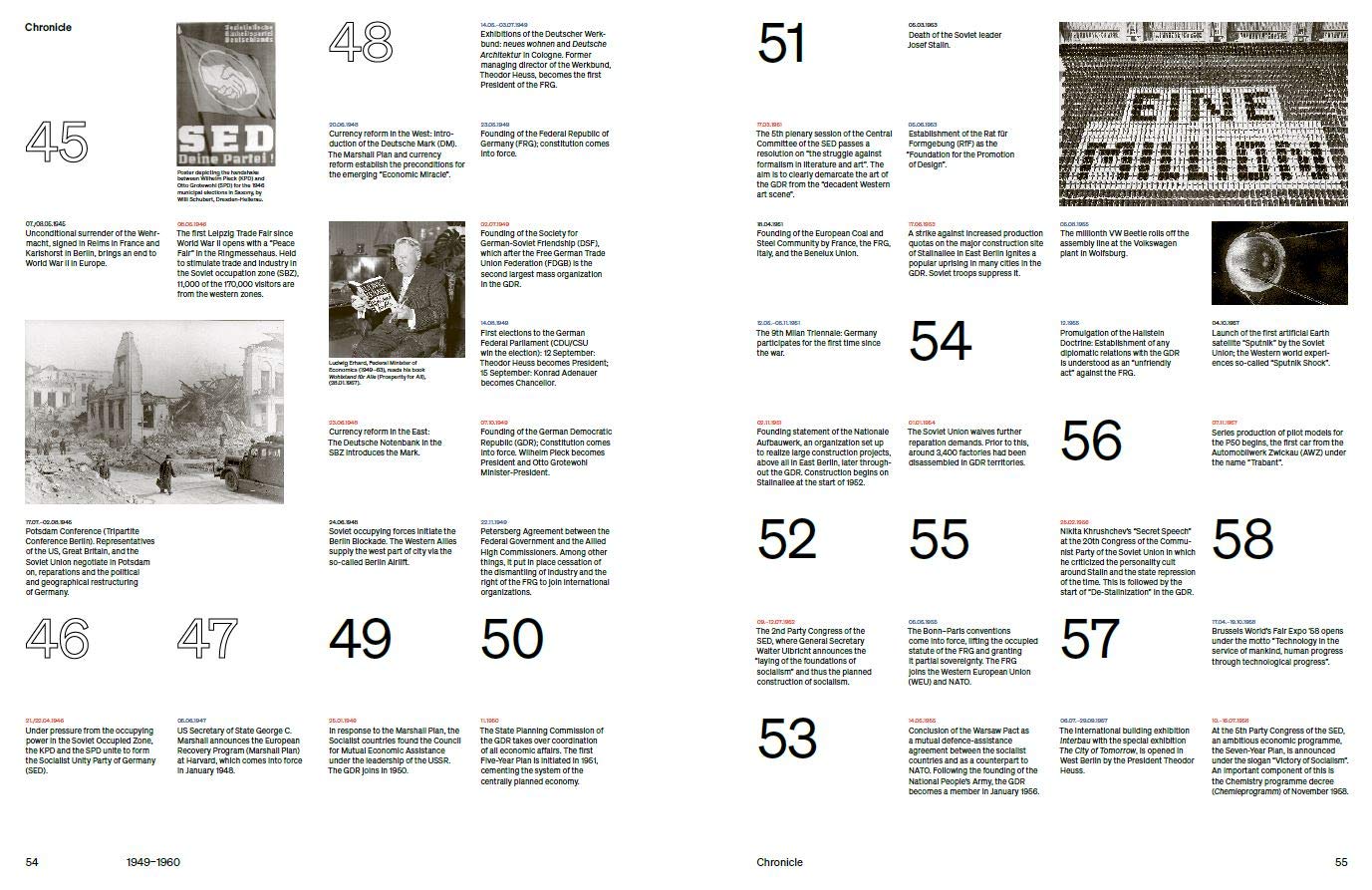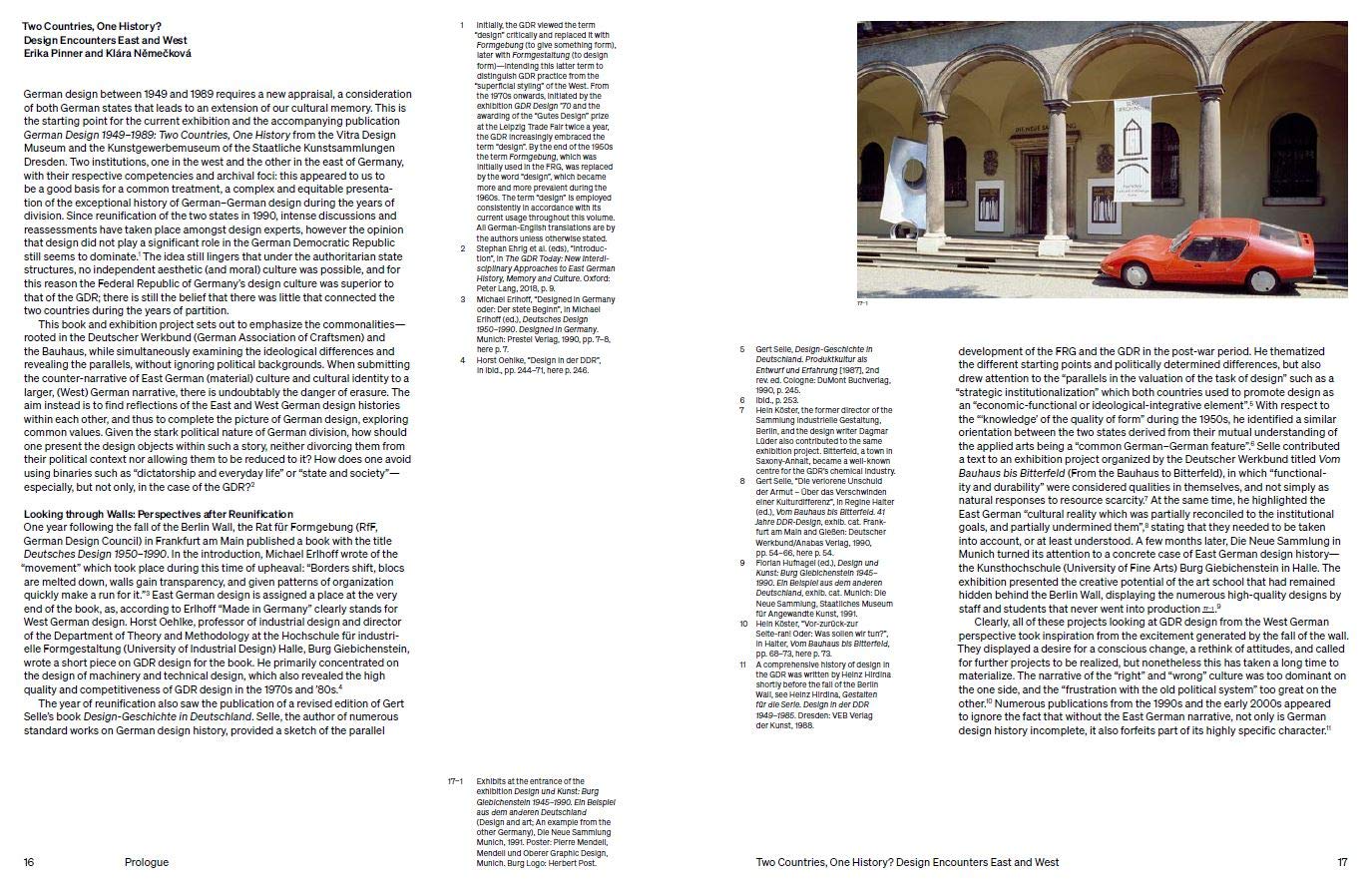German Design 1949 – 1989: Two Countries, One History
Shipping Class 2 = 60 SEK
Shipping Class 3 = 90 SEK EUROPE SHIPPING Shipping Class 1 = 100 SEK (approx 10 EUR)
Shipping Class 2 = 150 SEK (approx 15 EUR)
Shipping Class 3 = 200 SEK (approx 20 EUR) OUTSIDE EUROPE SHIPPING Shipping Class 1 = 150 SEK (approx 15 USD)
Shipping Class 2 = 200 SEK (approx 20 USD)
Shipping Class 3 = 300 SEK (approx 30 USD)
NOTE: You can buy as many items you want within the same shipping class. Read more » ×
The cheap, colourful plastic designs from East Germany pitted against the cool functionalism of West German design: The publication German Design 1949 – 1989: Two Countries, One History does away with such clichés. More than 30 years after German reunification, it presents a comprehensive overview of German design history of the post-war period for the first time ever. With over 380 illustrations and numerous examples from the fields of design―fashion, furniture, graphics, automobile, industrial, and interiors―the book shows how design featured in daily life on both sides of the Wall, the important part it played in the reconstruction process and how it served as a propaganda tool during the Cold War. Key objects and protagonists―from Dieter Rams or Otl Aicher in the West to Rudolf Horn or Renate Müller in the East―are presented alongside formative factors such as the Bauhaus legacy and important institutions. The exceptional case of the division of Germany allows a unique comparative perspective on the role design played in promoting socialism and capitalism. While in the Federal Republic to the West, it became a generator of the export economy and the “Made in Germany” brand, in the East it was intended to fuel the socialist planned economy and affordability for broad sections of the population was key. While the book highlights the different realities of East and West, the many cross references that connected design in both are also examined. It impressively illustrates the many facets of German design history in the post-war period.
With contributions by Paul Betts, Greg Castillo, Petra Eisele, Siegfried Gronert, Jana Scholze, Katharina Pfützner, Eli Rubin, Katrin Schreiter, Oliver Sukrow, Carsten Wolff, among others; interviews with Prem Krishnamurthy, Renate Müller and Dieter Rams.
Related products
-
Design
100 Ideas That Changed Design
This inspiring book chronicles the most influential ideas that underpin design thinking. These all-important concepts have not only shaped the evolution of design throughout its history, but also continue to exert an enormous influence on contemporary design practice. Written by two renowned design experts, it provides a concise history of the subject, while offering a […]
225 SEK -
Music
Kraftwerk: Future Music from Germany
The story of the phenomenon that is Kraftwerk, and how they revolutionised our cultural landscape. ‘We are not artists nor musicians. We are workers.’ Ignoring nearly all rock traditions, expermenting in near-total secrecy in their Düsseldorf studio, Kraftwerk fused sound and technology, graphic design and performance, modernist Bauhaus aesthetics and Rhineland industrialisation – even human […]
179 SEK -
Art - Design
Bauhaus Imaginista: A School in the World
From its inception in 1919, the Bauhaus was a truly international institution. Students and teachers travelled from Croatia, Hungary, Japan, Palestine, Russia, Switzerland and the United States to Weimar and later Dessau and Berlin to become part of the school, drawn to the Bauhaus because of its cosmopolitan, avant-garde perspective and hands-on curriculum. This outlook […]
525 SEK -
Architecture - Design
Contemporary Design Review
Whether it’s a kitchen appliance or an elegant piece of furniture, great design combines form and function to make everyday life more enjoyable, aesthetically pleasing, and comfortable. Contemporary Design Review curates some of the finest contemporary designs around the globe across various design genres, from architecture to product design, to interior and garden design. All […]
749 SEK

